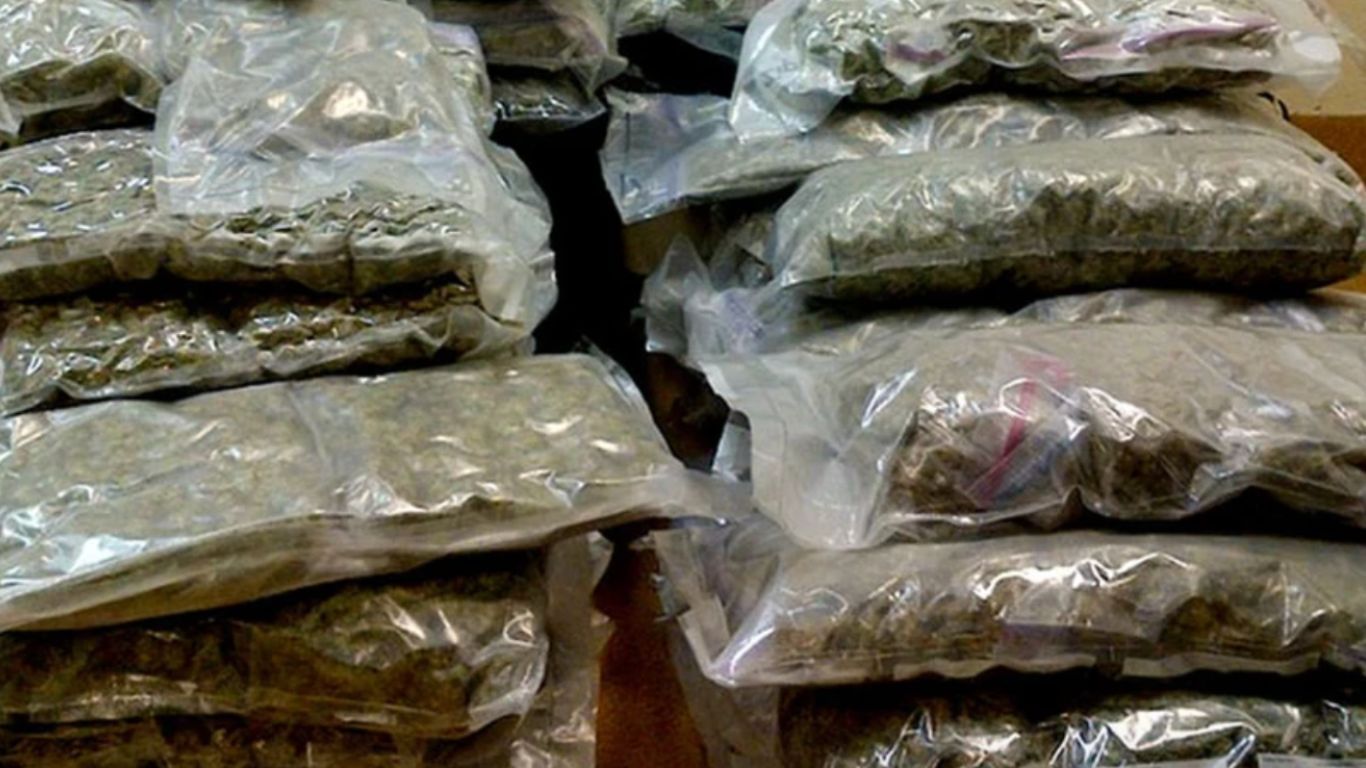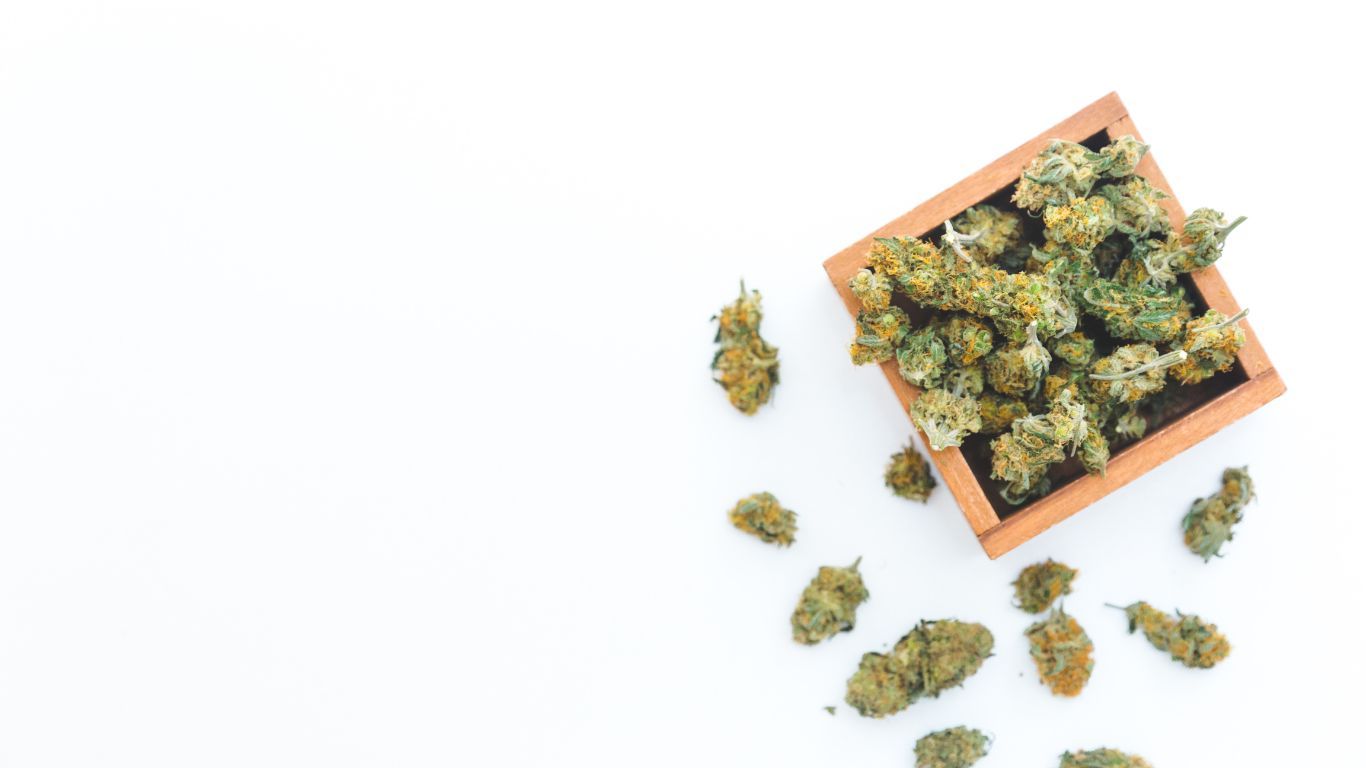
A recent study highlights how the illicit cannabis markets in Canada, especially in British Columbia and Ontario, have changed since cannabis was legalized in 2018.
The report says the effort to legalize happened too quickly to address some of the more uniquely Canadian issues like diversion from the personal/designated production licences for medical cannabis or finding a balance with Indigenous communities and provincial governments’ jurisdictional challenges.
The impacts of cannabis legalization on organized crime in Ontario and British Columbia, published in the Journal of Community Safety and Well-Being, interviews 23 experts from law enforcement, law, media, public service, and the private sector, offering numerous insightful (but anonymous) commentaries on the topic.
While quotes in the study are from a range of sources, many of them are from law enforcement officials.
Abuse of personal/designated licenses
The first part of the report highlights what interviewees said is an increase in longtime abuse of Canada’s personal and designated production licences for cannabis for medical purposes. While such licences ensure Canadians who are authorized to use cannabis for such purposes have a way of accessing it outside of the commercial licensed producer program, diversion from these licences for profit is also well-known and documented.
Although these licences have been around for some two decades, several of those interviewed, notes the report, claim that abuse of these licences has increased since cannabis was legalized in late 2018. This increase is in terms of the number of illicit production sites that have licences and the size of those production sites.
“Governments have been, I think, cautious about even talking about removing the personal/designated registrations,” an unnamed federal government official in Ontario is quoted as saying. “Because of the history of litigation, there is worry that by removing it, we might trigger more court activity and more adverse decisions. The threshold for winning that argument is really, really high. It’s not going to be about organized crime and its impacts. It’s going to be about your mom who has been using a designated licence to let your dad grow 12 plants for your mom who needs it for end of life care. And then we’re going to have to prove in court that the scenario where your mom is growing 12 plants with your dad’s help is so dangerous that we have to pull this away from everybody.”
Production in Indigenous communities
Another facet of the cannabis market covered by the study is cannabis production in Indigenous communities in Canada, with researchers speaking to Indigenous licence holders operating within and outside of the federal and provincial regulations.
Researchers say, based on interviews with those subjects, that the latter contains both small-scale “grey zone” operators as well as the presence of organized crime often operating without the approval of the communities they do business in. These types of stores and businesses are more often associated with increases in violent crimes in these communities, such as armed robberies.
“Illicit cannabis was not on the radar before legalization,” says one Indigenous community member in Ontario. “There were some grow operations in houses, but nothing substantial. Now there are both illegal and legal store-fronts for selling/distribution.”
“Illicit stores on indigenous lands have steadily increased since legalization,” said a law enforcement officer in BC. “Once the ones outside of Indigenous lands were closed down, we saw them pop up there. Organized crime is associated with some of those stores, and the Indigenous governments have said they are. When Indigenous communities don’t want the stores they reach out to Canadian law enforcement to get rid of them.”
Increase in exports to the US
A third piece of the illicit cannabis market in Canada covered by the study is exports, which the paper says are primarily to the United States. These exports have only increased since legalization, partly due to increased domestic competition from the legal market.
In addition, this increased competition in the cannabis space has led some of these organized crime groups that were previously involved with cannabis production and distribution to move to psilocybin mushrooms, while others have opiates.
“Prior to legalization,” says a law enforcement officer in Ontario, “you would see examples of large-scale trafficking and distribution within Canada. We don’t see that anymore. Instead, most examples of sophisticated trafficking are destined for the United States.”
Moving forward
“One of the negative impacts [of legalization] is that police have not been as invested as they used to in cannabis investigations and/or prosecutions,” said a law enforcement Officer in BC.
The study offers no specific solutions to these challenges but highlights the need for further investigation of these different trends in the market to better understand the unique nature of Canada’s evolving cannabis landscape.











